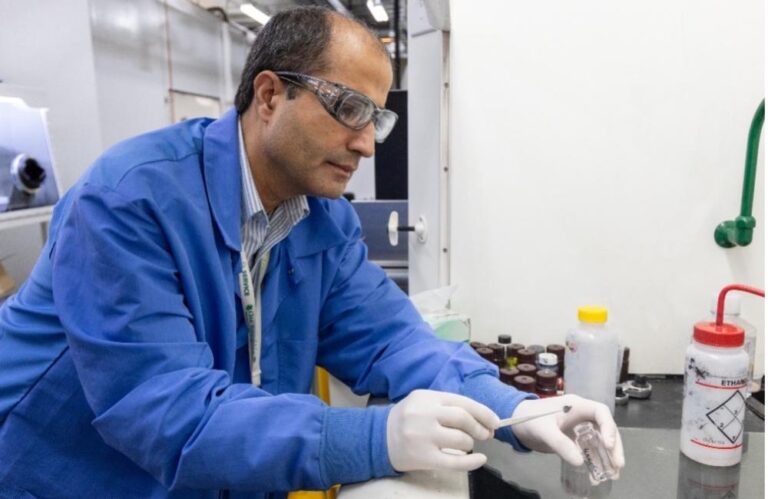Keeping the mass of BEV battery packs in check is a constant battle for manufacturers. Increasing the energy density of cells through adjusting chemistry is an area of perennial research – however, reducing the weight of other elements can also net gains.
To this end, researchers at the US Department of Energy’s Oak Ridge National Laboratory (ORNL) have developed a lightweight, metal-free current collector made of a polymer-based composite with carbon fibers. These fibers work in conjunction with a thin film of carbon nanotubes to enhance directional and uniform current flow.
Though current collectors are an inactive component, they are vital to the operation of a battery. Most cells use current collectors produced from aluminum foil for the cathode and copper foil for the anode. Copper, though a good conductor, is quite dense at 8.7mg/cm2 for 10μm thickness foil. Significant reductions in battery weight could be achieved if the mass of these anode collectors could be reduced.
According to the research at ORNL, the composite anodes exhibited reduced charge transfer resistance and improved rate capability compared with the anodes fabricated on conventional copper foil-based current collectors. They are also lighter, approximately 1.5mg/cm2, than copper foil, helping increase the gravimetric energy density of cells. Furthermore, the carbon polymer material is less prone to corrosion and can stretch more easily for roll-to-roll manufacturing of electrodes.
The full paper on development of the collectors can be found here.


